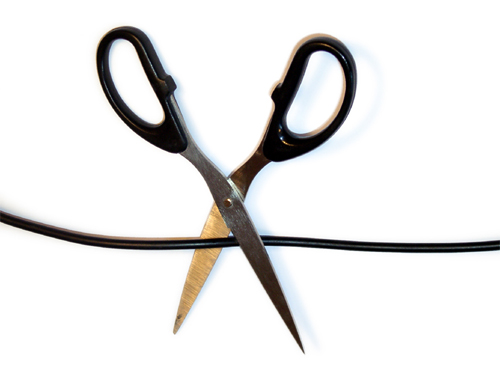As electric vehicles gain popularity, consumers will be waking up one morning and horrified that they've forgotten to plug the car in and are now stranded. But, not if they use wireless charging! Wireless charging is quickly becoming commonplace for consumer devices and the same concept for electric cars and busses isn't far behind.
Similar to the consumer world, wireless charging of vehicles uses principles of magnetic induction and / or resonance, though at much greater power levels. For example, the new A4WP resonance charging standard offers 6.5W for smart phones. In comparison, vehicle charging start-up WiTricity's charging technology for passenger cars is 6kW and a huge 25kw for busses and fleets. Even with these high power transmitters, it still takes roughly 4 hours to charge a 24kW/h battery, a capacity typically found in economy size cars such as the Nissan Leaf. There are some trials with fast charging methods such as CHAdeMO in Japan, but unfortunately, these technologies do not extend to the wireless realm.
Wireless charging is also working on several pilots of its own. Evatran, one of the pioneers in automotive charging industry, currently has their 240V, Level 2 induction charging system in the homes of roughly 30 employees of Google, Hertz, and others. The owners' homes and electric vehicles were retrofitted with Evatran's system.

New York based HEVO Power will use some of the city's manhole covers to charge two specially configured electric cars in a pilot starting later this year. Though ultimately targeted for fleet usage, HEVO Power hopes to test the practicality and efficiency of their resonance technology. Part of the pilot will involve a smart phone app that will pinpoint available manhole covers and aid in alignment of the charging coils.
Finally, wireless chip giant Qualcomm has announced a pilot program in London using their resonance based HALO Wireless EV Charging technology. They will also be showcasing this technology in the new Formula E (E for electric) racing series starting in 2014. For the first year, only electric safety vehicles will use the 20kW HALO, with all race cars using it thereafter. The Formula E series will not only showcase wireless charging technology, but may be a proving ground for all EV technology before commercialization.
While these pilots are expected to show positive results, the automotive wireless charging market is still nascent. There have yet to be formal standards set in place, though the Society of Automotive Engineers (SAE) will announced a standards decision sometime this year. Other obstacles must also be overcome. Factors such as charging time and retrofit cost and weight must still be addressed by the industry. On the positive side, initial pilots have shown that consumers like the convenience of not having to plug in their cars and reducing the clutter of cables in the garage. Regardless, analysts have already predicted that the wireless charging market for vehicles will grow at a staggering 92% CAGR through 2020.
Advertisement
Learn more about Mouser Electronics





